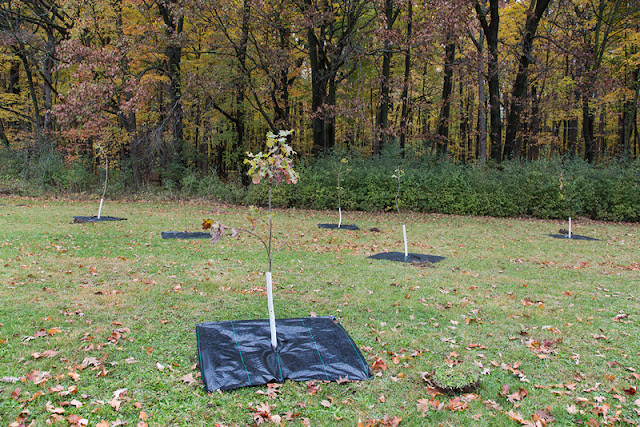On Thanksgiving Day
I found myself in the vicinity of Cleveland with a couple of hours to spare on
my way to Pittsburgh for a family dinner. This was no coincidence. I have long
wanted to explore Cuyahoga National Park, which is shoehorned into the densely
populated region between Cleveland and Akron, OH. Talk about urban wilderness.
Ironically, since
I-80 bisects the park, I have driven through it innumerable times on my way to
and from the east coast. Until now, however, I have not taken the time to get
off the interstate to see it. In other words, I have been as guilty as anyone
of seeing the destination as more important than the journey. It was a great
pleasure, even in this largely colorless season, to wander up and down the
Cuyahoga River and get a taste for the lovely landscape.
Wikipedia has an
entry for the term “urban wilderness.” However, the description of the “key
traits” that constitute such a place could also describe any other kind of
wilderness. It leans towards things like biodiversity, soil quality and an “unstructured
aesthetic.” All important to the wilderness half of the equation, certainly. No mention, though, of
the proximity or intrusion of a built environment.
As you can see
from my photo essay, the built environment is a major component of the Cuyahoga
National Park experience—as I see it.
In fact, one of
the highlights of my visit was walking across the Brecksville-Northfield High
Level Bridge, which—as the name accurately suggests—provides panoramic and
breathtaking views of the Cuyahoga Valley in both directions. It does, that is,
if you bother to get out of the car. Unfortunately, that is not encouraged. I
had to park some distance away and walk along the road to get to it. Although
the bridge itself had adequate shoulders, there were no trails or sidewalks approaching
it from either direction.
I learned that the
reason for this curious omission was probably deliberate. After only a few
minutes of peering over the edge with my camera, a police car pulled up next to
me. The cop asked me if I was “just taking pictures.” I smiled and said yes,
but must have given him a quizzical expression. He informed me that this bridge
was favored by those with suicidal tendencies. I assured him that it hadn’t
occurred to me and he drove off.
I had already been
thankful for the beautiful day and the remarkable park set aside amidst such
surroundings, but Thanksgiving suddenly took on another and more profound level
of meaning.
 |
| Add caption |




























